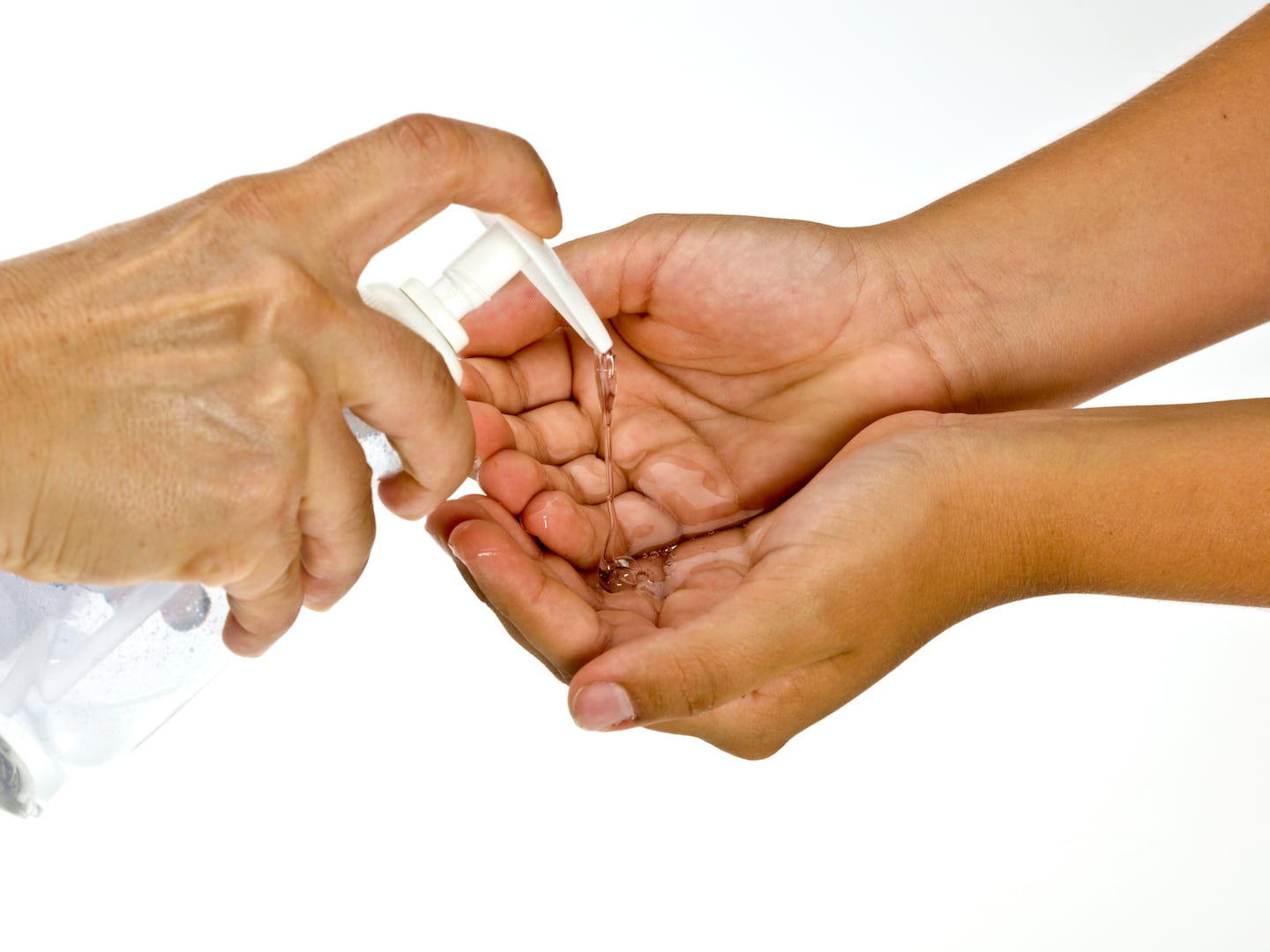As concern over the spread of coronavirus grows, so has the demand for products the public hopes will help protect them from being exposed to the virus.
Shelves are being emptied of face masks, disinfectant spray and Clorox wipes, and as people are being urged to keep their hands clean to prevent the spread of germs, items such as hand sanitizers are becoming scarce.
The Centers for Disease Control and Prevention is urging the public to try to avoid the transmission of coronavirus by taking simple steps, and one of the best ways to stem the transmission of disease is to wash your hands thoroughly with soap and water, then avoid touching your face.
However, you are not always near a sink where you can wash with soap and water, so using a hand sanitizer may be the next best thing. But as many are finding now, hand sanitizers are in short supply in some areas.
Fortunately, you do not have to try to find sanitizer to buy, you can make your own.
(Note: Recipes for hand sanitizer does not constitute medical advice for preventing the spread of COVID-19. For more information on preventing the spread of the coronavirus, click here.)
Here’s a recipe scaled down from the recommendations by the World Health Organization. The WHO version of the recipe is for making gallons of the :
Ingredients:
- 1 cup rubbing alcohol (99% isopropyl alcohol)
- 1 tablespoon hydrogen peroxide
- 1 teaspoon glycerin (or you can use 1/2 cup aloe vera gel)
Directions:
Add the alcohol to the aloe vera gel and stir. Add water (1 1/3 cup) to the mixture to make 1 1/3 cups of spray hand sanitizer.
Using a funnel, pour the mixture into a pump bottle – you can use cleaned soap bottles for instance, or you can find inexpensive pump bottles at dollar stores.
If you have empty store-bought hand sanitizer bottles, you can use those.
Here is a second recipe if you want to add essential oils to your lotion. Some oils will add a boost of protection and most all of them add a nice scent. According to a study by the National Center for Biotechnology Information, four essential oils, lemongrass, eucalyptus, peppermint and orange oils, are effective against 22 bacterial strains. Other oils are effective against fungi.
Hand sanitizer with essential oils
Ingredients:
- 2/3 cup 99% rubbing alcohol (isopropyl alcohol) or ethanol
- 1/3 cup aloe vera gel
- 8-10 drops essential oil, optional (such as lavender, lemongrass, eucalyptus, peppermint, orange)
Directions:
The directions are the same, mix the ingredients together and pour it into a pump bottle using a funnel.
Where to find the ingredients
Stores like Trader Joe’s, Walmart and Target have aloe vera gel, as do most drug stores. You can order it online from Amazon or find it in many health food stores. Remember, you are looking for aloe vera gel, not the liquid.
As far as the alcohol, you can get that at the same places plus drug stores.
The same thing for the essential oils – find them online, in health food stores, at Trader Joe’s, drug stores and other retailers.
The CDC offers these tips on using hand sanitizer:
- Use an alcohol-based hand sanitizer that contains at least 60% alcohol.
- Supervise young children when they use hand sanitizer to prevent swallowing alcohol, especially in schools and child care facilities.
- Put enough product on hands to cover all surfaces.
- Rub hands together, until hands feel dry. This should take around 20 seconds.
- Note: Do not rinse or wipe off the hand sanitizer before it’s dry; it may not work as well against germs.
Other tips:
- Hand sanitizers need to have a strength of at least 60 percent isopropyl alcohol.
- You must cover your hands thoroughly and then let the hand sanitizer dry.
- If your hands are heavily soiled or greasy, then, according to the CDC, a hand sanitizer isn’t going to do much.
The CDC also offers these tips on when and how you should wash your hands.
When and how to wash your hands
You can help yourself and your loved ones stay healthy by washing your hands often, especially during these key times when you are likely to get and spread germs:
- Before, during and after preparing food
- Before eating food
- Before and after caring for someone at home who is sick with vomiting or diarrhea
- Before and after treating a cut or wound
- After using the toilet
- After changing diapers or cleaning up a child who has used the toilet
- After blowing your nose, coughing or sneezing
- After touching an animal, animal feed or animal waste
- After handling pet food or pet treats
- After touching garbage
How to wash your hands
- Wet your hands with clean, running water (warm or cold), turn off the tap, and apply soap.
- Lather your hands by rubbing them together with the soap. Lather the backs of your hands, between your fingers and under your nails.
- Scrub your hands for at least 20 seconds. Need a timer? Hum the “Happy Birthday” song from beginning to end twice.
- Rinse your hands well under clean, running water.
- Dry your hands using a clean towel or air dry them.
Cox Media Group





